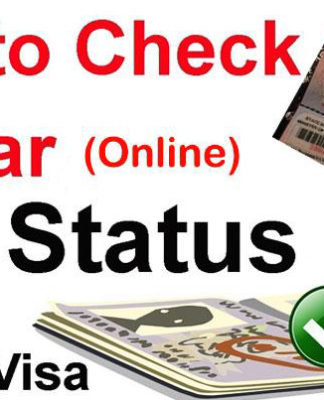7 Ways to Eliminate Awkwardness From Conversations With New People
Meeting new people can be awkward. When you don’t know anything about each other, what do you talk about? Here are 7 ways to eliminate that awkward feeling and keep the conversation flowing smoothly.
Conversations are the foundation of any relationship, whether it’s the beginning of a friendship, a romance, a professional partnership, or a consumer-brand connection. Starting things on the wrong foot, with awkward slip-ups or painful silences, can compromise your chances at building something meaningful. To the social anxious or inexperienced person, attending a professional networking event or going on a first date are two versions of the same hell–just waiting for the moment when the smooth conversation gets awkward, and everybody wants to leave.
Fortunately, conversing never has to be awkward–as long as you know the right tricks to avoid it. When you find yourself poised for a new conversation, with a stranger or someone you’ve known for years, use these tricks to avoid that awkward curse:
1. Give an honest compliment. Compliments work for a number of reasons. They serve to flatter the person you’re talking to, setting the conversation on a positive course. They open up the conversation to something specific–for example, if you compliment a person’s shoes, you can talk about where he/she got them. And they add a degree of warmth and familiarity to the interaction. Just be sure that your compliments are both honest and specific–general comments, like “you look good” aren’t necessarily bad, but they don’t provide any specific direction for the conversation. Insincere compliments, too, can be easily detected, and may set the conversation off in a negative direction. As a side note, it’s also a good idea to learn to accept compliments gracefully.
2. Ask for help. There’s a psychological phenomenon called the Ben Franklin effect, in which asking for a favor from someone automatically makes them warmer to you, and more likely to do you another favor. You might think that this is counterintuitive; surely, giving assistance will make someone like you more than asking for their assistance. But this isn’t truly the case. Ask for help from the person you’re talking to, even if it’s a minor form of help. For example, you could ask for some advice on a professional challenge you face, or even ask for a good movie recommendation.
3. Actively listen. Sometimes, conversations grow awkward because one person isn’t really listening. If your conversation partner isn’t listening, there’s nothing you can do about it, but you can at least make sure you’re listening–and listening actively. Maintain eye contact with the person and nod whenever he/she makes an important point. During gaps in the conversation, you can use small words like “yes,” or “wow” to show your interest, and paraphrase some of what they’ve told you back to them to prove you’re paying attention.
4. Ask lots of good questions. If you’re nervous about seeming awkward, then keep the pressure off yourself. Instead, keep the pressure on the person you’re talking to. You can do this by asking lots of questions–it’s a lot easier to come up with a good question to ask and keep the conversation rolling than it is to try and talk exhaustively about a given subject. This also gives your conversational partner the chance to talk about him/herself–and people love talking about themselves. Pay close attention to what he/she is saying throughout the conversation, and latch on to key opportunities for follow-up or related questions to keep the momentum going.
5. Don’t rush to fill the void. The “awkward silence” is one of the most dreaded conversational quirks, but remember–not all silences have to be awkward. Conversational pauses are completely natural, and rushing to fill them too quickly can actually create more awkwardness than they would carry on their own. For example, if you panic and start speaking about a half-baked topic, or reveal something too personal, it could end badly. Even using an overabundance of filler words to avoid silence mid-conversation can create more awkwardness than it relieves. Learn to embrace meaningful silence.
6. Use body language. In the course of in-person conversation, body language is just as important as verbal communication. Some people find texting and emailing to be less awkward than in-person conversation; this is part due to the ability to think sentences out ahead of time, but it is in part due to the absence of body language. If you can master the art of body language, you can control the direction of the conversation better, and prevent it from becoming awkward. Always face toward the person you’re speaking with, and hold yourself in good posture. Maintain some, but not constant eye contact, and use facial expressions to react to the conversation as it continues.
7. Don’t prepare. You might think it’s a good idea to come up with some good opening lines for conversation beforehand, or have a few good stories in your back pocket to use when you come to a silence. Don’t do this. Over-preparing can make you come off as robotic or unnatural, and if you forget a particular phrasing, you could stumble and wind up embarrassed. Instead, focus on building your skills as a natural conversationalist and let the rest come naturally.
Awkwardness isn’t fun for anyone, and sometimes, it’s flat-out unavoidable. But if you use these conversational tricks regularly, you’ll find yourself having smoother, more comfortable, more productive conversations in all areas of your life. In time, you’ll get more comfortable socially, and before you know it, it will all seem natural to you.
Source: Inc.com
IMAGE: Getty Images






























